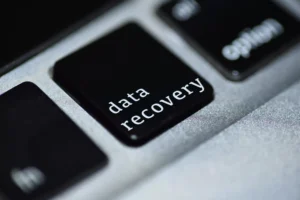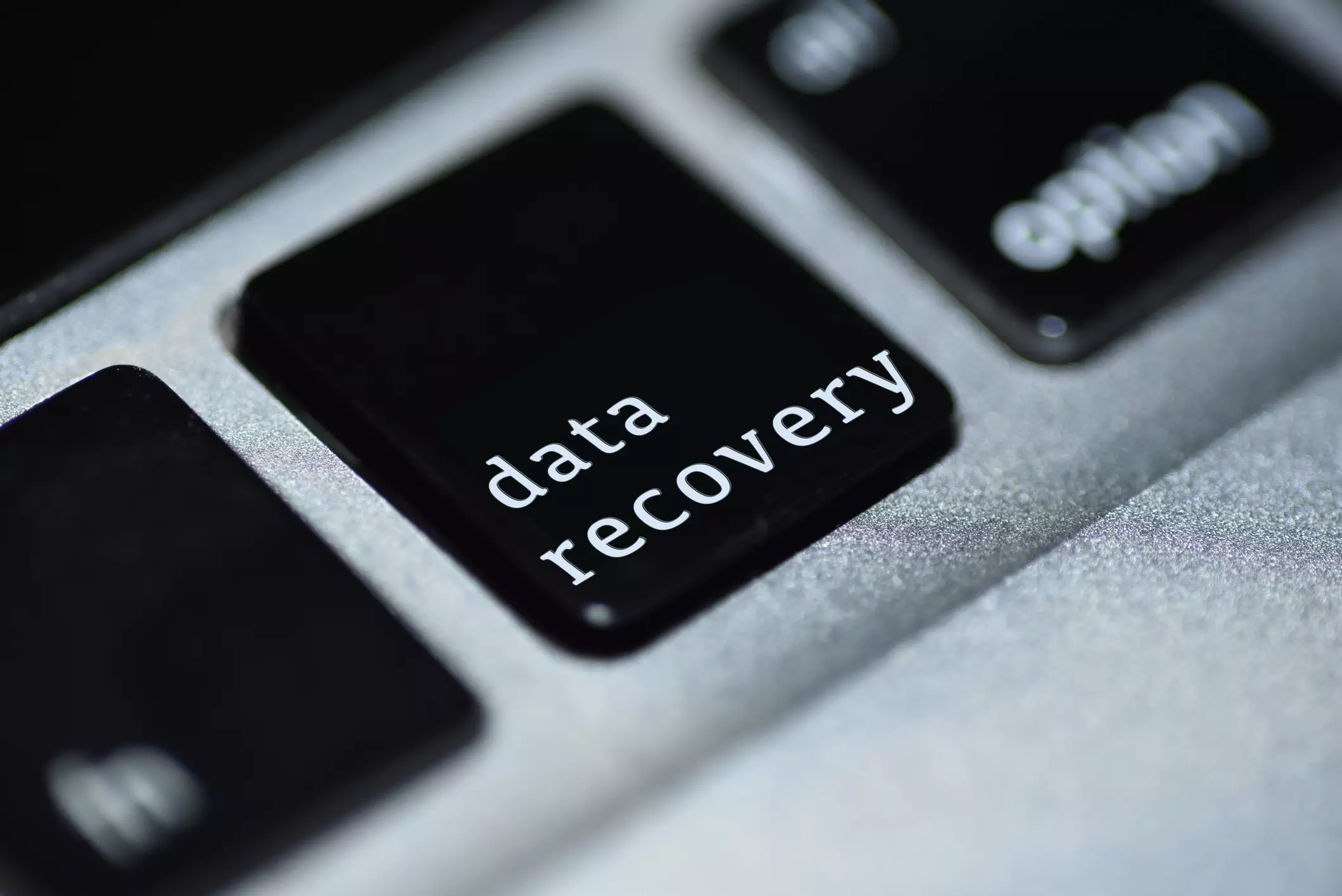The three steps to maximum disaster recovery success enable your organization to survive any disaster that may befall it. Recovery is the reason for the exercise. A plan and practice are critical but so is making sure you have the right technology. As discussed in our blog “Affordable Disaster Recovery,” keeping the TCO low is tightly intertwined with recovery success. If you can’t afford to execute the plan, you’ll be forced to make compromises, making the recovery effort more difficult.
These are three steps to maximum disaster recovery (DR) success
- DR Ready Primary Storage
- Advanced Snapshots and Replication
- Simplified Testing
1. DR Ready Primary Storage Maximizes DR Success
Disaster Recovery is not the place for backups. The backup capture process isn’t granular enough. In most cases, backups typically execute once per night. Even the most diligent IT professional only executes backup every four hours. In four hours, a ransomware attack can trigger and lockdown your entire environment. Additionally, IT needs to manage these as separate processes, increasing operational costs.

The right primary storage solution should provide all the protection you need. The concept behind snapshots and replication lays the groundwork for a full-proof backup and disaster recovery strategy. It should provide recoverability from even the most insidious of ransomware attacks as well as any natural disaster.
Most primary storage vendors build their systems on obsolete legacy storage software that is inefficient and doesn’t enable snapshots and replication to live up to their full potential. StorONE, because we rewrote the algorithms and collapsed the storage IO stack into a single layer, enables these features to effectively take their rightful place as your primary protection against data and site loss.
2. Advanced Snapshots and Replication Maximizes DR Success
The limitations of the legacy storage solution’s dependence on the decades-old storage software stack mean that most customers use snapshots to “feed” their backup process. Every four hours or so, they take a snapshot and send it to the backup application. More frequent snapshot intervals will cause performance issues for these legacy systems. These vendors then leverage their snapshot technology to replicate data to the DR site, which means legacy vendors can only update the DR site at the interval of the snapshot, in this case, every four hours.
A replication strategy that is dependent on legacy snapshots is, by definition, a legacy replication technology. This technique, while expedient for the vendor, puts your data at risk. The gap between snapshot intervals is clearly an issue, and your flexibility is limited once the data is at the remote site. In most cases, you can’t perform any operations on the remote volume, further limiting flexibility. Also, the time between snapshots puts more significant stress on WAN connections forcing you to buy more bandwidth and raise DR TCO. Additionally, it also requires you to have matching hardware at the DR site, further increasing DR TCO.
StorONE’s advanced snapshot technology, S1:Snap, leverages the efficiency of the Storage Engine to enable our customers to take a snapshot as frequently as every three minutes and retain that snapshot indefinitely, with no performance impact. We’ve proven this in production, and you can see it yourself on our webinar “Storage Snapshots Are Useless, Learn how to fix them.” The snapshot frequency that S1:Snap provides, without impacting performance is critical to maximum disaster recovery success.
StorONE’s advanced replication technology, S1:Replicate, is integrated with the S1 platform but is not dependent on snapshots to operate. It continuously replicates data synchronously or asynchronously to the remote DR site no matter the snapshot schedule. This lack of dependency means the remote site is much more in sync with the primary site but requires less bandwidth. It also means that the volume on the remote site can have its own snapshot schedule. IT can promote any of these snapshots and operate on them.
3. Simplified Testing Maximizes DR Success
Anytime an analyst firm surveys disaster recovery confidence, the results are disappointing. Most C-level executives have very little confidence in their ability to recover from a disaster successfully. The DR Ready Primary Storage equipped with Advanced Snapshots and Advanced Replication, ensure you have a firm foundation for success. The next step is testing to make sure that your team knows what steps to take when the worst happens.
Testing is particularly a challenge with legacy replication technology. Remember, you can’t do much with the target volume at the DR site until you break or stop the replication process. While you are testing and practicing your disaster recovery strategy, you are actually putting data at risk.
With StorONE’s S1:Replicate, you can continue the replication process while testing your DR skills by simply taking a snapshot of the remote volume and restoring it to production. With StorONE, though, that restoration does not mean you will consume additional capacity. The restored volume does not consume capacity until you start making changes to it.
Conclusion
DR Ready Primary Storage, advanced snapshots and replication, plus simplified testing puts you on the path to success. They also enable you to continue to reduce DR TCO. The real power of the StorONE Enterprise Platform is as you extend it out of its initial use case and allow the platform to support more and more workloads, your DR strategy’s TCO continues to decline while your execution of that strategy continues to be simplified.




